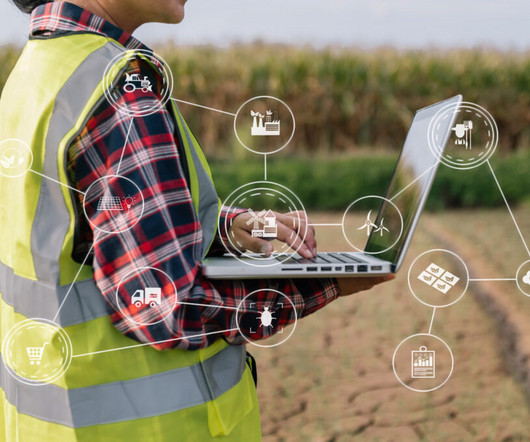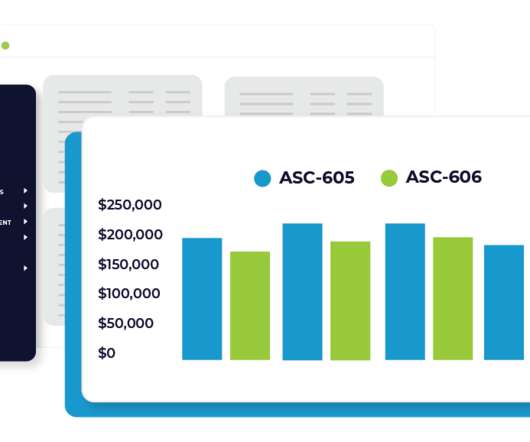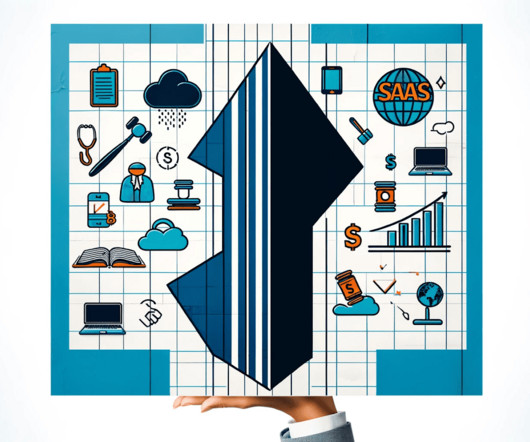ISVs vs SaaS: What’s the Difference?
Stax
APRIL 18, 2024
Examples of popular SaaS apps include Shopify, an eCommerce platform, Dropbox, a cloud storage service, and Stax Bill, an automated payment processing system. How companies price and distribute their solutions affects everything from revenue streams and customer interaction to product development and delivery methods.















Let's personalize your content